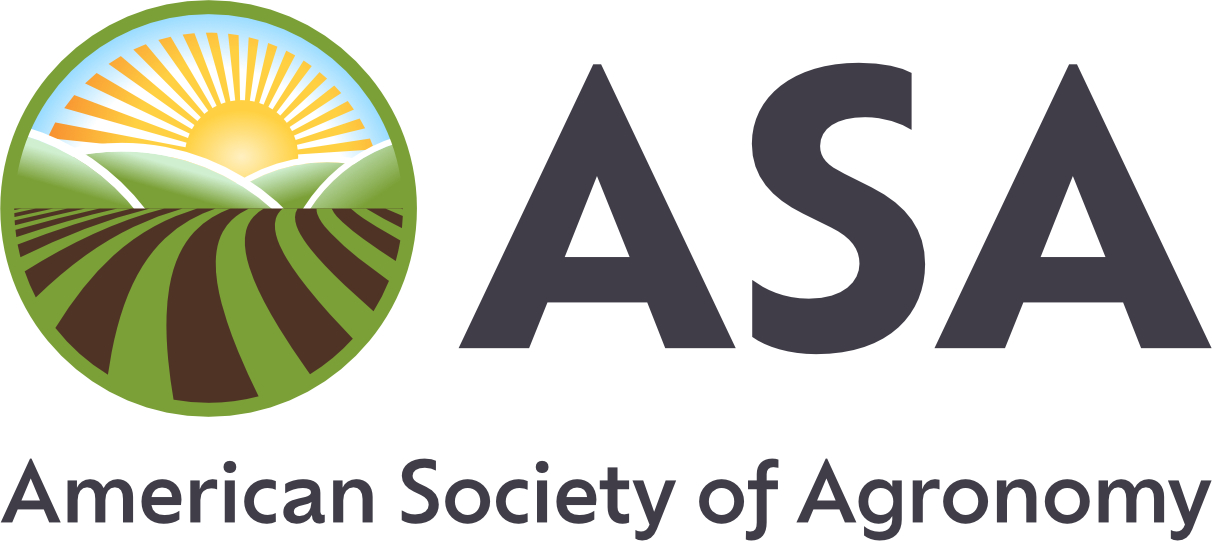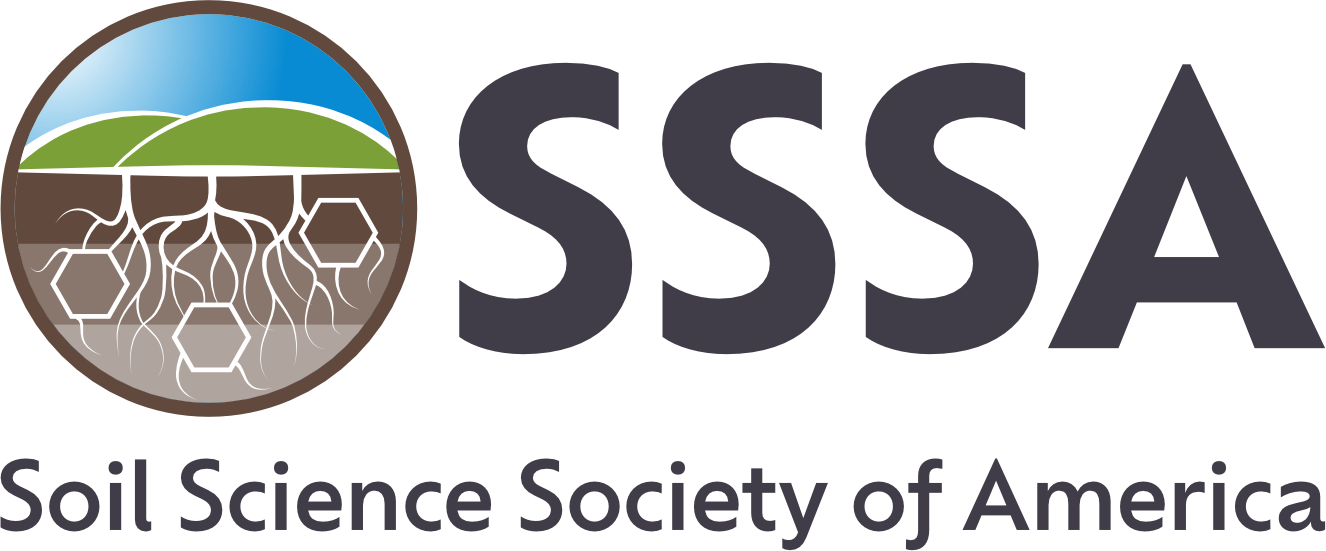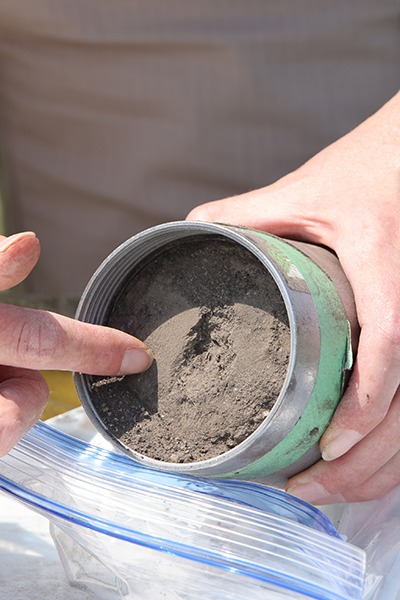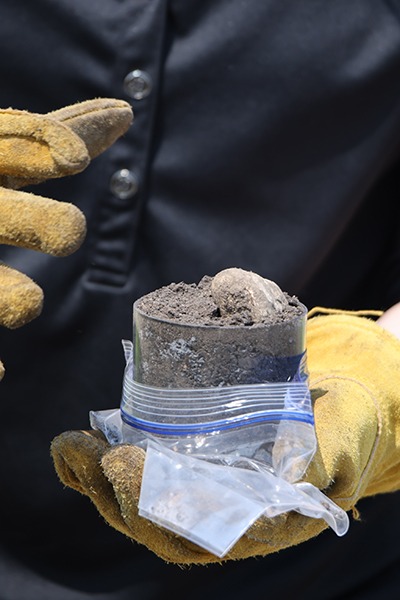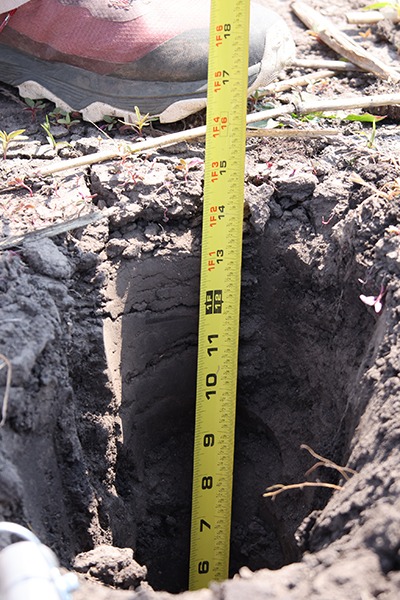What Is the Impact of Cropland to Pasture Conversion (& Vice Versa) on Dairy Greenhouse Gas Emissions?
The short answer: Enteric methane, or methane released during cattle digestion, is the largest source of greenhouse gases from both confinement and pasture-based dairies. However, feed production is also a significant factor contributing to farm emissions and potential carbon storage in plants and soil. The impact of conversion between pasture and cropland requires an assessment of the dairy farm system in its regional context, and how an increase or decrease in pasture acres would affect net emissions from the land, herd, and manure management.
Break it down: The greenhouse gas emissions from confinement and pasture-based dairies are associated with four major sources: enteric methane, manure, feed production, and farm resource use. Accounting for greenhouse gas emissions from these different categories, and farm carbon storage, generates what is called a carbon footprint. The biggest differences between cropland and pasture acres in their contributions to the farm carbon budget include:
- Cropland vs. pasture soil emissions
- Nitrous oxide emissions from pasture are estimated to be larger than from cropland per unit of N applied, however inputs of nitrogen are typically higher in cropland.
- Enteric methane production from grazed v confined animals
- Forage-based diets often result in greater methane emissions intensity (e.g. methane per unit of feed consumed), compared to diets that contain increased amounts of highly fermentable carbohydrates, which is what is found in most total mixed rations in confinement dairies.
- Manure emissions
- Long-term manure storage is the second largest source of greenhouse gas emissions from confinement dairies. Transitioning heifers to pasture reduces the quantity of manure in storage, recycling nutrients through the pasture system.
- Carbon stored in soil and plant roots
- Perennial pastures tend to hold greater soil carbon stocks than cropland under annual crops.
The big picture: Land use change affects a dairy farm’s carbon footprint. Management practices may lessen or exacerbate these impacts. In general, practices that reduce soil disturbance and promote biomass accumulation can improve soil carbon balance and offset greenhouse gas emissions. These practices may include the transition from annual croplands to implementation of perennial crops or pasture systems, as well as adoption of soil conservation practices. Examples of management practices that may improve a dairy farm’s carbon footprint include:
- Tillage practices: Tillage practices influence the vertical distribution of carbon in the soil profile and total soil carbon stocks. Generally, decreased tillage intensity increases soil carbon because of reduced disturbance to soil aggregates, reduced loss of soil OM, and reduced soil carbon mineralization rates. However, it is also important to mention that reduced tillage practices usually require increased dependence on herbicide for weed control.
- Crop rotations: Crop rotations are implemented as a means for controlling pests and diseases. Effects of crop rotation on soil carbon are highly dependent on other management practices such as residue management, tillage, irrigation, or type of crop planted.
- Cover crops: Cover crops can be helpful for providing soil cover outside of normal growing seasons. Inclusion of cover crops will often lead to increases in soil organic matter as a result of greater carbon inputs from their above and belowground biomass. In addition, cover crops can be used as a means of nitrogen retention and, when legumes are used, nitrogen inputs. That is because legume cover crops fix atmospheric nitrogen, which reduces nitrogen fertilizer requirements of subsequent crops. This is a great example of how management practices interact to reduce greenhouse gas emissions: nitrogen fertilizer production, storage, distribution, and application are very energy consuming, leading to significant greenhouse gas emissions. Conversely, nitrogen biological fixation by legumes requires no inputs other than those associated to legume planting and management. However, we should note that nitrogen from either fertilizer or biological fixation can be lost as nitrous oxide, a potent greenhouse gas.
- Manure application: Manure is a great soil amendment, adding both nutrients and organic carbon to croplands that generally result in increased soil organic matter. Manure application also increases soil respiration and methane, nitrous oxide, and ammonia emissions. Additionally, if nutrient application surpasses soil holding capacity and plant use, nutrients such as nitrogen and phosphorus can be lost via runoff and leaching, resulting in other environmental problems such as eutrophication. Therefore, it is important to follow local management recommendations and regulation on timing, method, and quantity of manure application or maintaining adequate pasture stocking rates.
- Fertilizer management: Fertilizer application rates, timing, and formulation all play a role in soil GHG emissions, especially nitrous oxide. Adequate fertilizer additions, especially N, can lead to increased soil C sequestration due to increased biomass production. Excessive rates, however, increase N2O losses, and promote leaching and eutrophication processes.
In short: Predicting the effects of land use conversion on a dairy farm’s carbon footprint is complex, and involves assessing interactions between the herd, land base, manure management, and farm energy and input use. Efficient confinement dairy systems have a lower carbon footprint per unit of milk, although carbon sequestration and production of other ecosystem services are higher in pasture-based systems. Land management practices that reduce soil disturbance generally reduce soil greenhouse gas emissions and improve soil carbon accumulation. These practices can include the transition from annual crops to pasture systems or perennial crops.
Back it up: Relevant studies on this topic include:
- O’Brien, D., et al. 2013. A case study of the carbon footprint of milk from high-performing confinement and grass-based dairy farms. Journal of Dairy Science 97:1835-1851. https://dx.doi.org/10.3168/jds.2013-7174
- Ogle, S.M., et al. 2014. Chapter 3: Quantifying greenhouse sources and sinks in cropland and grazing land systems. Pages 3.1-141 in Quantifying greenhouse gas fluxes in agriculture and forestry: methods for entity-scale inventory. Technical Bulletin Number 1939. Office of the Chief Economist, USDA, Washington, D.C., USA.
- Ozlu, E., et al. 2022. Carbon footprint management by agricultural practices. Biology 11, 1453. https://doi.org/10.3390/biology11101453
- Rotz, C.A. 2018. Symposium Review: Modeling greenhouse gas emissions from dairy farms. Journal of Dairy Science 101: 6675-6690. https://doi.org/10.3168/jds.2017-13272
Dig deeper: Check out these Decode 6 articles for more information about greenhouse gas emissions and the carbon footprint of dairy farming systems:
- Where Do Greenhouse Gases Come from on Dairy Farms?
- What You Feed Your Cows Impacts Greenhouse Gas Emissions
- How Do You Manage Dairy Manure Storage to Reduce Methane Emissions?
📸 Gabriel Porras, Unsplash

